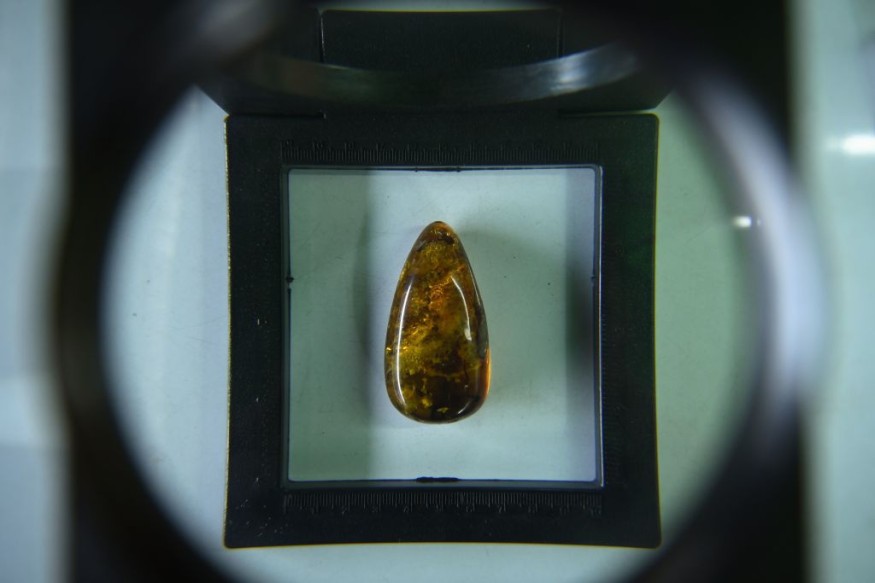Ancient flowers were discovered perfectly preserved in amber in an area of what is now Myanmar, as per a new study.
The study's researchers estimate the ancient flowers were 99 million years old, and were part of the Cretaceous period. Researchers suggest the discovery sheds light on how flower plants evolved, a dilemma encountered by Charles Darwin during his lifetime.
Ancient Flowers Preserved in Amber

Ancient flowers, estimated to be 99 million years old, were found by researchers perfectly preserved and intact inside an amber at the feet of dinosaur fossils in an area occupied now by Myanmar, according to a new study published in the journal Nature Plants on January 31.
The researchers discovered two ancient flower species, named Phylica piloburmensis and Eophylica priscastellatai. The study reveals these ancient flower species resemble some flowers in South Africa, indicating the flowers in the country have remained unchanged for the past 99 million years.
The study is considered to be a breakthrough since the researchers acknowledged that wildfires were frequent during the Cretaceous period. As a result, a large number of ancient flower fossils found over previous years were in the form of charcoaled fragments due to wildfires.
Charles Darwin and the Evolutionary Theory
According to Charles Darwin, a naturalist, biologist, and proponent of the evolutionary theory, the sudden appearance and diversification of flowering plants during the Cretaceous period (145 million to 66 million years ago) remain to be an "abominable mystery," as per the Ecology and Evolution Community.
Darwin was also reportedly puzzled since these ancient flower plants had no direct ancestral lineage from earlier geologic periods and their sudden appearance was something difficult to decipher, as per CNN.
Due to the diversification of ancient flowers, this abominable mystery contradicts the logic and rationale of Darwin's evolutionary theory, according to the new study. The sudden appearance of plants contradicts Darwin's theory that any evolutionary changes in a living organism are a product of natural selection. Moreover, the theory suggests evolutionary changes occur slowly over a period of time.
Discovery Might Answer Darwin's Dilemma
The study centers around that its researchers may have answered the inquiry on the rapid diversification of ancient flowering plants. This old inquiry became Charles Darwin's dilemma and contradicted his evolutionary theory during his lifetime-despite the discovery of many ancient flower fossils.
This stems from the notion that, unlike flowers, leaves are more abundant and are produced in larger numbers, and have higher preservation potential, according to Robert Spicer, the author of the new study and a professor emeritus in the School of Environment, Earth and Ecosystem Sciences at The Open University in the United Kingdom.
Spicer also added that a leaf lasts longer until it is discarded, while a flower turns into a fruit, which then gets eaten as part of the seed dispersal process.
Related article : Remarkable Extinct Flower Specimen Found in Ancient Amber from Myanmar
© 2025 NatureWorldNews.com All rights reserved. Do not reproduce without permission.





